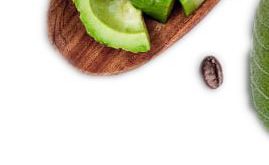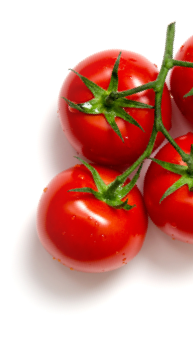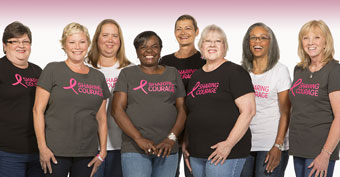
Grocery Retail



Grocery Retail
The Kroger Co. operates grocery retail stores under the following banners:
- Supermarkets – Kroger, Ralphs, Dillons, Smith’s, King Soopers, Fry’s, QFC, City Market, Owen’s, Jay C, Pay Less, Baker’s, Gerbes, Harris Teeter, Pick ‘n Save, Metro Market, Mariano’s
- Multi-department stores – Fred Meyer
- Dillons Marketplace, Fry’s Marketplace, King Soopers Marketplace, Kroger Marketplace, Smith’s Marketplace
- Price-impact warehouse stores – Food 4 Less, Foods Co
Kroger operates its grocery retail stores in the following four formats:
- Supermarkets
- Multi-department stores
- Price-impact warehouse stores
- Marketplace stores
Supermarkets
The combination food and drug store is Kroger’s primary supermarket format. These stores are able to earn a return above the cost of capital by drawing customers from a 2 – 2.5 mile radius.
Although considered “neighborhood stores” – in terms of size, shopping experience, and travel time – they are large enough to offer the high-margin specialty departments that customers desire. Specialty departments include: whole health sections, pharmacies, pet centers and world-class perishables, such as fresh seafood and organic produce.
Multi-department stores
Fred Meyer – Operated successfully by Fred Meyer since 1922, the multi-department store is a unique one-stop shopping experience. Fred Meyer is the nation’s third-largest supercenter operator. Stores average over 165,000 square feet and carry more than 225,000 food, apparel, and general merchandise products under one roof. The multi-department stores include a broad selection, including:
- Full-line supermarket
- Apparel
- Home fashion
- Shoes
- Accessories
- Garden
- Home electronics
- Paint and hardware
- Nutrition centers
An important part of Fred Meyer’s competitive advantage is its emphasis on national brand products, such as Levi’s, Columbia Sportswear, Nike, Kitchen Aid, adidas, Skechers, Dockers, Carhartt, Apple, Panasonic, Nikon, Canon, Jockey, Krups, Ashley, and Sony. Also included are many private-label products that offer high-quality alternatives at lower prices.
Marketplace Stores
These multi-department stores offer full-service grocery, pharmacy and expanded general merchandise including outdoor living products, electronics, home goods and toys. Marketplace stores opened during the last two years range in size from 100,000 to 130,000 square feet.
Price-impact warehouse stores
The high-quality produce in these stores is unique in the warehouse format and is a key competitive advantage. These formats also offer distinctive ethnic products, catering to the demographics of the neighborhoods that they serve.
Food 4 Less currently operates grocery warehouse stores under these banners:
- Food 4 Less in Southern California, Nevada, Illinois and Indiana
- Foods Co in Northern California
These stores average more than 57,000 square feet in size and offer budget-conscious shoppers everyday low prices, superior quality, and a wide selection of national brand groceries, health and beauty care items, meat, dairy products, baked goods and fresh produce.
Supermarket petroleum group
Kroger believes that gasoline is a natural addition to the one-stop-shopping experience. We began selling petroleum on the parking lots as an addition to the supermarket offering in 1998. At the end of the fourth quarter 2015, Kroger operated 1,423 supermarket fuel centers. The typical supermarket fuel center consists of:
- Fuel pumps (three to seven)
- Kiosk to buy cigarettes, snacks, candy and miscellaneous oil-related products
- Well-lit canopy that covers the entire center
All of the fuel centers accept credit and debit cards at the pump. In most divisions, the gasoline offering is tied to the loyalty program.































